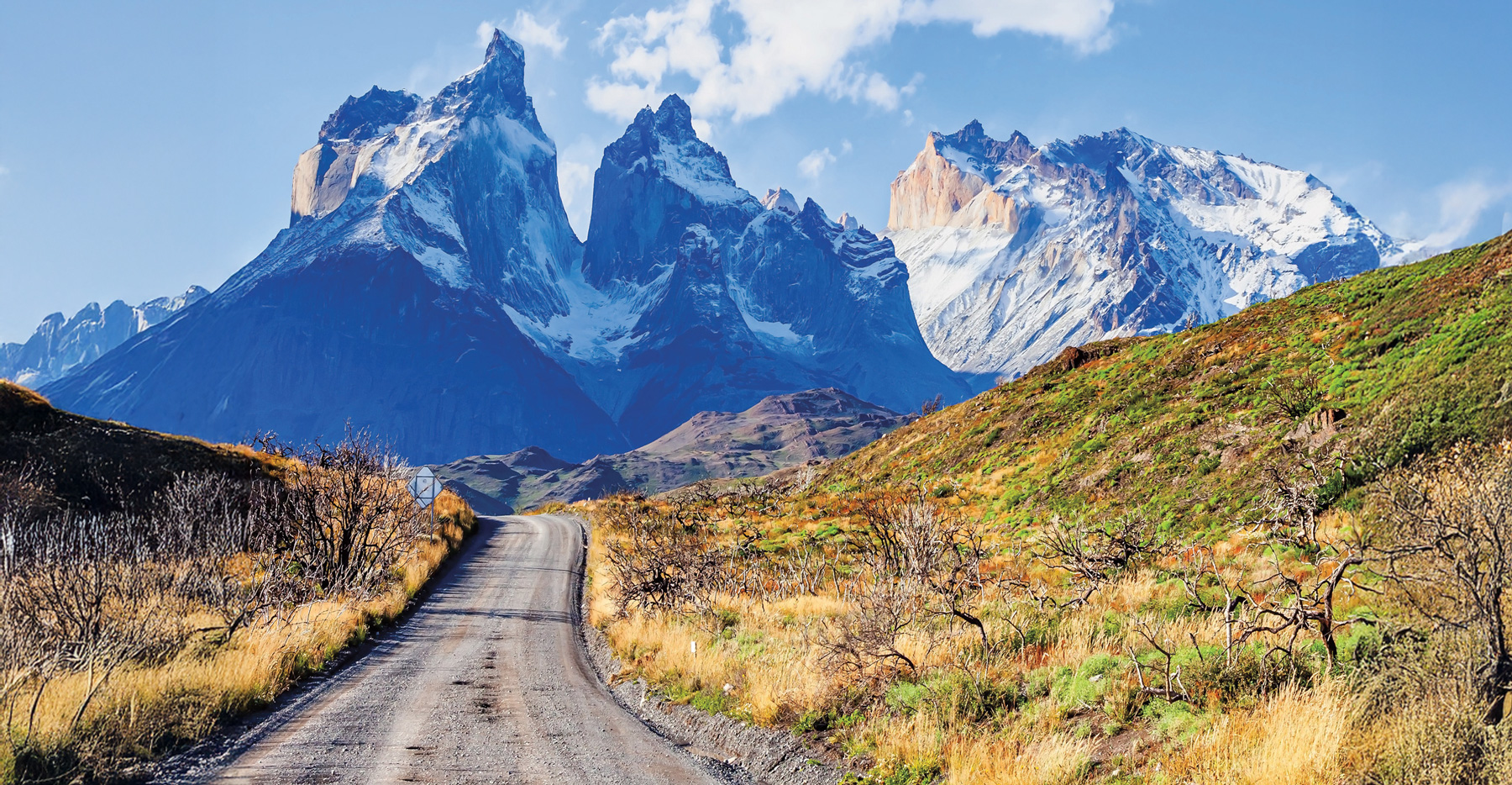
could’ve used a coffee but Clerks was still closed when I rolled downstairs in the dark, cold water on my face, not trying to bang my bag across the elevator floor. To be back in the hotel bed dreaming, and then another day with the salt of oysters, a bright warm breeze and the guy at the next table talking about the golf down here, the best ever, get your friends, you gotta do it. But I was flying home, stepping off the cobbled streets that lead forwards and backwards all at once. Time’s a funny thing in Charleston: there’s a lot of history, you’ve gotta keep up.
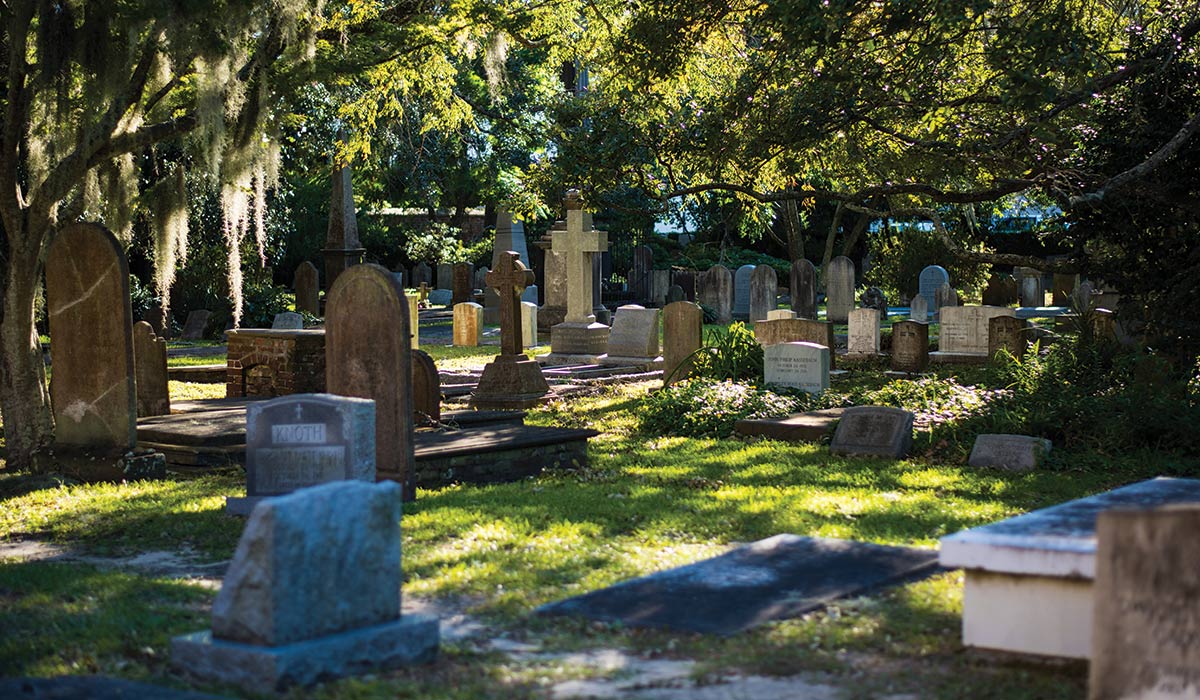
Charles Towne, Charleston, Chucktown, Chas, Silicon Harbor if you’re in tech, Holy City if you like your churches. There are some 400 of those here, although the moniker predates most of them, harkening to the 1700s when people and religions poured in from all over the world. The be-clocked spire at the city’s iconic St. Philip’s stands over a still-active congregation formed in 1680. But blocks from its cemetery, where signers of both the Constitution and the Declaration of Independence are buried, there are craft breweries, Safe Space rainbow stickers on shop windows, upscale galleries and a gastronomic scene to rival any major American city’s. That’s not to suggest Charleston is looking to leave anything behind; quite the contrary. There are honey-slow days and stirring palms and chicken and waffles and ghosts tangled in Spanish moss and horse-drawn carriages and bless your heart and all of that “South,” as compellingly romantic and paradoxical as ever. But there’s more than magnolias going on here, no matter which century brings you.
I’ve been here 20 years but they don’t call me local. In Charleston, they measure time in generations

“I’ve been here 20 years but they don’t call me local,” said a waiter at Frannie & The Fox. “It’s ‘my family has been here three generations, four generations.’ People in Charleston measure time differently.” I thought about that while I ate my pizza, enjoying good fennel sausage and a beautiful Nerello Mascalese. The woman next to me ordered the same and we struck up a conversation. Turns out we had a friend in common, parallel careers, knew the same people. It takes forever to belong to Charleston, or maybe just one drink.
Nights found me at the elegant Spectator Hotel, where everyone gets a butler. Mine pressed me about pressing my pants and seemed genuinely disappointed to learn this quick trip was casual carry-on, everything wrinkle-free. He seemed downcast enough that I offered to run out and buy something worth pressing, but he said no, it was OK. And did he look a little disappointed? Between him and the rest of staff, The Spectator is proof positive that Southern hospitality is no myth. A lovely place to lay your head.
Mornings were coffee and a biscuit at Clerks, in the nearby Emeline hotel (home also to the excellent Frannie & The Fox), and then a walk through the Charleston City Market, watching vendors set up along the four blocks of low buildings. A city father, Charles Cotesworth Pinckney, ceded the land to Charleston in 1788 on condition that it be used as a market in perpetuity, and though it’s had ups and downs (there were only four vendors exhibiting in the 1940s) the market is as robust as ever today. It’s also easy to find. [Hint: look on Market Street.] In general, Charleston is easy to get around, whether you’re marveling at old mansions south of Broad or assessing eateries on King Street. There are some navigational quirks, however:
“Just Gogol it, look own-line.” That’s what a guy said when I asked directions to an historic house, and suddenly I was far less interested in the house and far more interested in making him say more words. Charleston’s accent is a lowcountry boil of European, English, Gullah (historic African American community), Southern drawl and gin fizz. Some of it is real seersucker suit stuff, like “rivah” for river and “ro-ahd” for road, but there are curveballs like “hoose” for house and “stey-it” for state. And if you want to go deep, Legare St. is “luh-gree,” Huger is “you-gee,” and Hasell is “hay-zel.” At least it’s easy to order oysters.
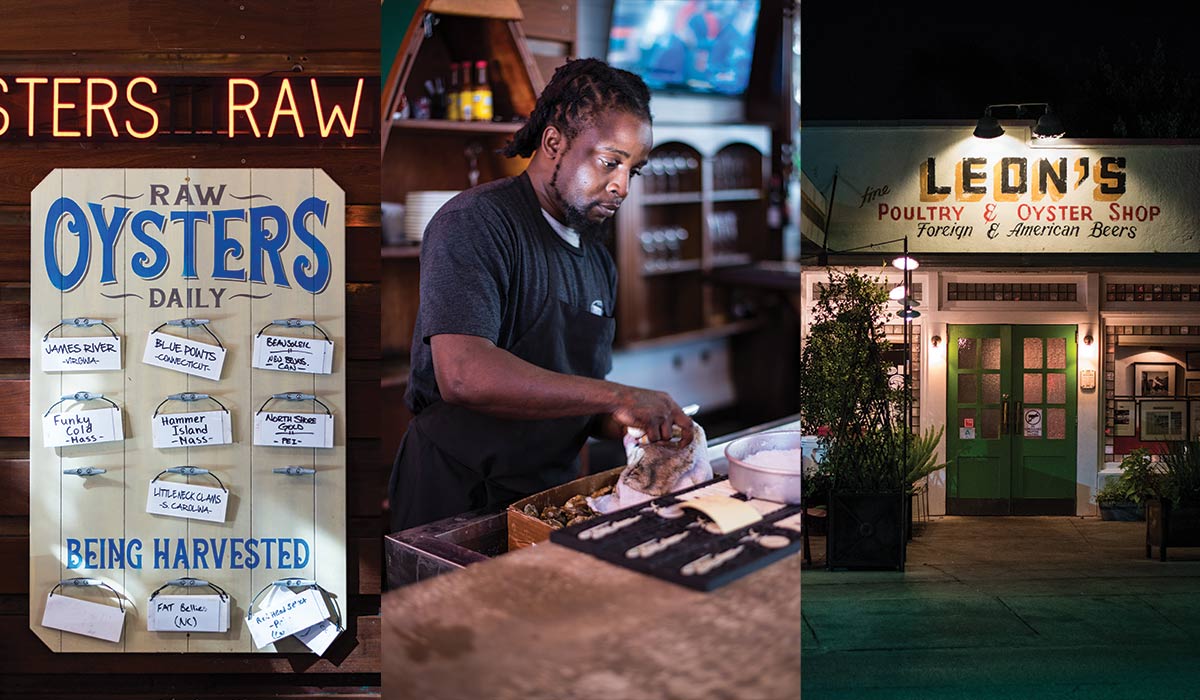
“It’s a food and beverage city, definitely,” confirmed Trevor, a bartender at the vibrant Bar 167 who said Charleston’s foodie reputation compelled him here from out of state. The new (opened this summer) Mediterranean-inspired space where Trevor works is a perfect example, with its luminous Italian Agate bar and dishes like Crispy Maitake with Pistachio Puree and Summer Truffle Honey. A brilliant place for a bite, the bar was meant to be a chance to grab a drink while you wait for your table downstairs at sister restaurant 167 Raw. And the wait there (no reservations taken) can be looooong, because Charlestonians love their oysters.
Three days, three oyster bars, each a fantastic journey through the city, its people, and its food
The first I had were at Pearlz, a local chain, and it’s here that I met Alex. Like Trevor, Alex is from out of state and, also like Trevor, Alex is particularly good at his job. I went through a tray of oysters while he schooled me on how the density of water determines how quickly oysters filter it, and how various seas and bodies of water have differing water densities, salinity and so on, accounting for the wide range of tastes among oysters. He mentioned that one of his favorite varieties—“among my top five, and I’ve tried hundreds”—is the Sunken Meadow. Loved the name, hadn’t heard of it. Upon learning this, Alex shucked one right up and refused to let me pay for it. “You’re going to get olive and brine and more,” he said confidently, and that was it exactly. The man knows oysters. My next stop was Leon’s Fine Poultry & Oyster Shop, home of “cheap beer and expensive Champagne.” It’s hard to go wrong here, listening to good music and eating fried chicken and Dixon Points, Belle du Jours and other oysters in a converted auto body shop with a bunch of friends you just met. Three days in town, three oyster bars, and my last was the simply named O-Bar at Oyster House, opposite my hotel. As straightforward as its name, the place was a perfect late afternoon oyster-and-a-cold-beer spot. It’s also where I met Kelly Roper, shucker and Charleston local. “I’ve been here my whole life,” he said. We talked about Hammerhead oysters and North Shore Golds, living in Charleston and watching the tide of tourists fill the French Quarter and then empty out each season. “It’s like the rain,” he said. “If the tide’s high and it rains for 30 minutes, it floods.” “What floods?” I asked. “All of this,” he replied, gesturing out the window, “everything outside.” And it does.
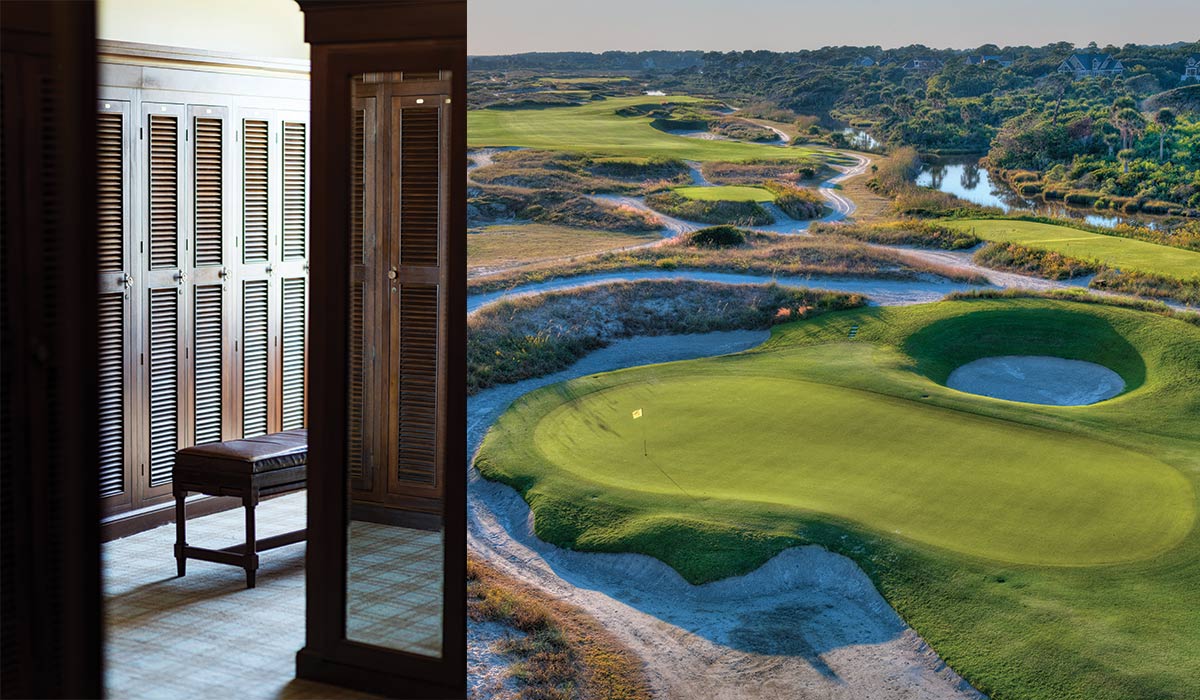
In Chaucer’s The Man of Law’s Tale, the sea isn’t often specifically mentioned, but it drives and shapes the plot and main character. It is at once terrifying in that it is vast, unpredictable and untamable, and an example of divine goodness in that it protects the protagonist and, in some ways, effects her happiness. Charleston’s relationship with the sea is similar. The city has worked and played upon the sea since its earliest beginnings, but it also has tried to protect itself from the sea, with examples of original fortifications on display at the excellent Charleston Museum (the nation’s oldest museum, as it happens). The sea shapes the city, but the sea isn’t exactly the point of so much of what makes Charleston special. And even with a new seawall project currently under way, there’s no hard line between land and water here. With every good rain, the historic downtown floods and then eventually drains. Locals accept it as part of Charleston life.
“I’ve often had a bow wave on the front of my car,” said Michael, my car service driver and for 22 years a submarine sonar man. “I joined the Navy to see the world and they sent me here,” he laughed, explaining that he’s from Augusta, Georgia, about 150 miles west. “I fell in love with Charleston as soon as I got here, and then I married a Charleston girl. You see something different every day, and the food is so good.”
No kidding. A week away from his 46th wedding anniversary, Michael told me he’s not particularly bothered about rain or driving through flooded streets. “Well, you wouldn’t be,” I offered. “Even semi-retired, you’re still working under water.”
Like Charleston, Kiawah Island has a symbiotic relationship with the sea, and in the case of Pete Dye’s Ocean Course that relationship manifests pure beauty. Sited at Kiawah Island Golf Resort, on the easternmost end of the island, there are ten seaside holes here, but the entire layout is married to the Atlantic. It’s wind in your hair, salted sunshine, sea grasses whooshing like a Southern belle’s crinoline and one of the best hamburgers I’ve ever had. The course was emboldened by Pete’s wife, Alice, a designer in her own right, who suggested the entire track be raised so that every hole had a sea view. “There’s a funny story,” begins Bryan Hunter, the resort’s pansophic PR Director. “Some years ago, four guys came in from a round of golf and went up to a course attendant. ‘It’s not a problem and we don’t want to make trouble, but there’s an old man just sitting up in the dunes. He’s not causing any harm or anything, he’s just staring over the course, but it’s kind of weird.’ ‘That’s Pete Dye,’ the attendant replied. ‘He does that all the time.’ And then the four guys were like, ‘Hey! Can you take us back out there? We really want to meet him!’”
Some clubhouse walls are decorated with pictures of their golf course, some with pictures of members or tournaments. Much of the Ocean Course clubhouse is an homage to Pete and Alice: a statue of him out front, photos of the couple on the walls, architectural plans and so on. The feeling throughout the clubhouse is one of respect, and not just for the Dyes. And while I can’t speak for everyone, my personal experience at Kiawah was free of pretension, pleasantly absent at the major- and Ryder Cup-hosting venue. And did I mention the hamburger? Tremendous.
There’s not much left to write about the Ocean Course, which has [accurately] positive adjectives piled high on nearly every inch of its sublime layout. It’s easy to forget that there are four other wonderful courses here as well, each with its own personality and clubhouse. Fazio, Nicklaus, Player and Clyde Johnston all have designs, and there’s a huge community besides with pools, a waterpark and nature center for kids, the lauded Roy Barth Tennis Center (now run by Roy’s son, Jonathan) and so much more. It’s a lifestyle and a destination, and with Wild Dunes Resort not far away and many other courses around as well, the guy at the next table had it right about the golf in Charleston: the best ever, get your friends, you gotta do it.
The old guy in the dunes just staring out over the course? That’s Pete Dye; he does that all the time
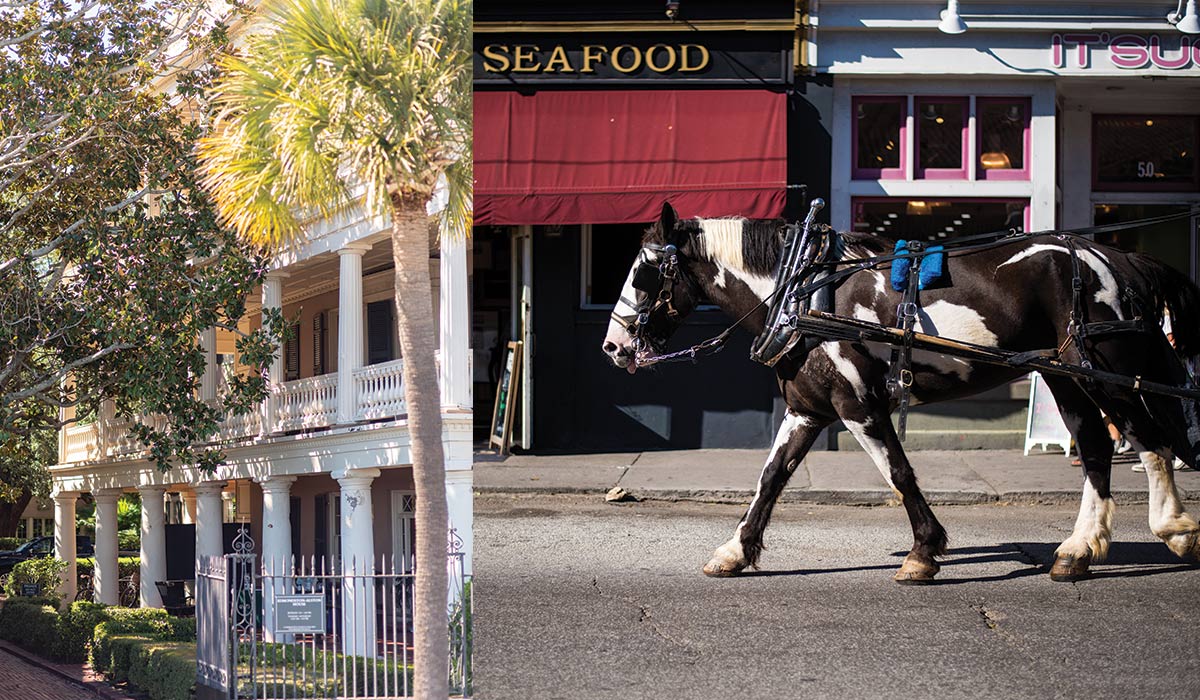
Bryan gave me a lift back into town, and on the way we stopped by the Angel Oak, a sprawling, tentacular Southern Live Oak tree estimated between 300 and 400 years old. That puts its birthday somewhere near the city’s. The older parts of the trunk are fragile and vulnerable, they no longer hold up, while the oak’s new offshoots are young, vibrant and strong. It’s a curious complement to Charleston, a city that owns and carries its past—the country’s past—but long ago moved forward, growing stronger and more vibrant each day. Dining with new friends at the excellent Hall’s Chophouse on my last evening in town, live jazz downstairs gilding the moment, I thought that I could stay in Charleston if I didn’t have to go. It’s one of those cities that makes you wonder what might have happened if you’d found it earlier. But then time’s a funny thing here, and there’ll be soft pink light and a waiting sea at the edge of town tomorrow. Perhaps now is the best time to be in Charleston after all.
Follow Us On


| Cookie | Duration | Description |
|---|---|---|
| cookielawinfo-checkbox-analytics | 11 months | This cookie is set by GDPR Cookie Consent plugin. The cookie is used to store the user consent for the cookies in the category "Analytics". |
| cookielawinfo-checkbox-functional | 11 months | The cookie is set by GDPR cookie consent to record the user consent for the cookies in the category "Functional". |
| cookielawinfo-checkbox-necessary | 11 months | This cookie is set by GDPR Cookie Consent plugin. The cookies is used to store the user consent for the cookies in the category "Necessary". |
| cookielawinfo-checkbox-others | 11 months | This cookie is set by GDPR Cookie Consent plugin. The cookie is used to store the user consent for the cookies in the category "Other. |
| cookielawinfo-checkbox-performance | 11 months | This cookie is set by GDPR Cookie Consent plugin. The cookie is used to store the user consent for the cookies in the category "Performance". |
| viewed_cookie_policy | 11 months | The cookie is set by the GDPR Cookie Consent plugin and is used to store whether or not user has consented to the use of cookies. It does not store any personal data. |